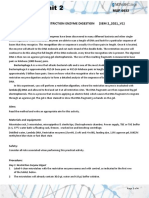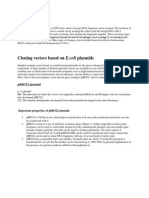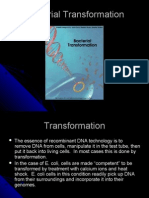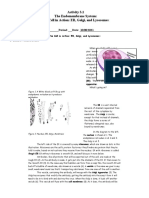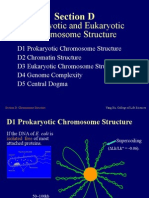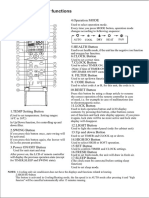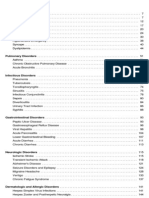0% found this document useful (0 votes)
424 views5 pagesGolgi Complex: Structure and Function
The Golgi complex, also known as the Golgi apparatus, is a cellular organelle found in most eukaryotic cells. It functions as the cell's packaging and shipping center. The Golgi receives proteins and lipids from the endoplasmic reticulum, modifies and packages them, and ships them to their destinations within or outside the cell. Structurally, it consists of stacked flattened sacs called cisternae, along with associated tubules and vesicles. The Golgi plays essential roles in processing molecules, synthesizing carbohydrates and lipids, secreting molecules, and producing components of other organelles.
Uploaded by
janapriyaCopyright
© © All Rights Reserved
We take content rights seriously. If you suspect this is your content, claim it here.
Available Formats
Download as PDF, TXT or read online on Scribd
0% found this document useful (0 votes)
424 views5 pagesGolgi Complex: Structure and Function
The Golgi complex, also known as the Golgi apparatus, is a cellular organelle found in most eukaryotic cells. It functions as the cell's packaging and shipping center. The Golgi receives proteins and lipids from the endoplasmic reticulum, modifies and packages them, and ships them to their destinations within or outside the cell. Structurally, it consists of stacked flattened sacs called cisternae, along with associated tubules and vesicles. The Golgi plays essential roles in processing molecules, synthesizing carbohydrates and lipids, secreting molecules, and producing components of other organelles.
Uploaded by
janapriyaCopyright
© © All Rights Reserved
We take content rights seriously. If you suspect this is your content, claim it here.
Available Formats
Download as PDF, TXT or read online on Scribd
/ 5

















